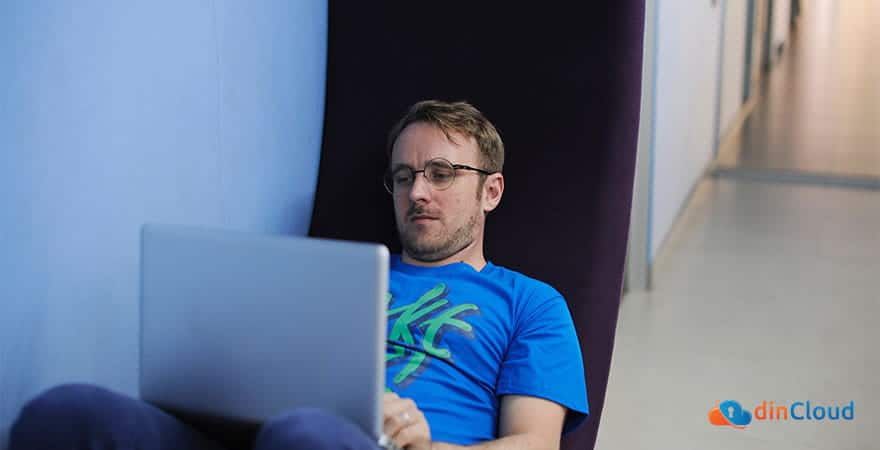The 9-5 trudge into the office is a thing of the past. Employees no longer want to be tied to their physical desk for the majority of their day. More and more people realize that work and life are not distinct entities that require separation, but true balance comes when the two are inextricably intertwined.
The shift, which has primarily been driven by the emergence of the Millennials into the workspace, is a result of a generation of workers who have been raised with the ability to be always connected and receive instant access to the resources needed to complete tasks. This has enabled this generation of workers to communicate and collaborate in ways utterly foreign to the traditional workspace strategy and design.
What is a Digital Workspace?

The future of work embraces digital and flexible work strategies that enable employees, employers and, customers to instantly collaborate to get work done. On the road, at the doctors, or even at home sick or with a sick child, the flow of information continues between collaborators, enhancing productivity and decreasing the amount of time to the completion of the project.
What, then, is a digital workspace?
According to Deloitte, a digital workspace is “all the technologies people use to get work done in today’s workplace – both the ones in operation and the ones yet to be implemented.” This includes, but not limited to, the employee’s physical workspace, cell phone, tablet and any software they utilize on these devices. dinCloud defines the digital workspace more succinctly in that we see the digital workspace as the device and technology used to access a workers data and work product and how this workspace is not tied to a specific device.
Why Should You Adopt a Digital Workspace Strategy?

Deloitte, in their paper: The Digital Workplace: Think, Share, Do lists five reasons businesses should move towards a digital workplace. They include:
- Talent Attraction – Deloitte states in the report how 64% of employees would opt for a lower salary if they could work away from the office. Additional statistics show how Millennials will choose an opportunity that enables a flexible workspace over one that does not. Digital workplaces also allow for a wider pool of talent resources as it widens the physical geography of which a business can recruit from.
- Employee Productivity – Organizations with a robust digital strategy are 7% more productive than those who do not utilize such tools, according to Deloitte’s report. This makes absolute sense as businesses who enable employees to access their work product regardless of their location or internet accessible device can get more done as the employee is not burdened with lack of information to do their job.
- Employee Satisfaction – Also, organizations can increase their employee satisfaction by 20% with these digital tools, according to reports. Stating the obvious, happier employees perform better and provide better service to your customers.
- Employee Retention – Recruiting and training new hires is a long, arduous and expensive process. It can cost up to $7,645 each employee to hire and train new employees, so it is in the best interest of the business to reduce employee churn as much as possible. Telework Coalition’s ‘Wired Working as a Lifestyle’ report found that companies with telework policies in place reduced employee churn by as much as 50%.
- Communication Tools – Younger generations and those raised within this technology-infused world communicate in different ways than generations past. Preferring mobility over face-to-face interaction, employees need a secure way to communicate with their co-workers while working on the move.
Desktop-as-a-Service Meets the Needs of Businesses and Employees Alike

Gartner defines the Future of Work as “forging a new relationship between technology and talent that transforms existing ways of working and doing business.”
Employees are demanding flexibility to meet the needs of their employers and families. The line between work and life is fading, enabling employees to meet the needs of both and gain a better work-life balance. Businesses need to maintain the security of their data and network against the ever-changing cyber threat. Hosted Workspaces and Desktop-as-a-Service meet the needs of flexibility for employees by enabling anytime, anywhere access while providing businesses with the data security they require.
Get the best of both worlds with dinCloud. Get your free consultation today.


